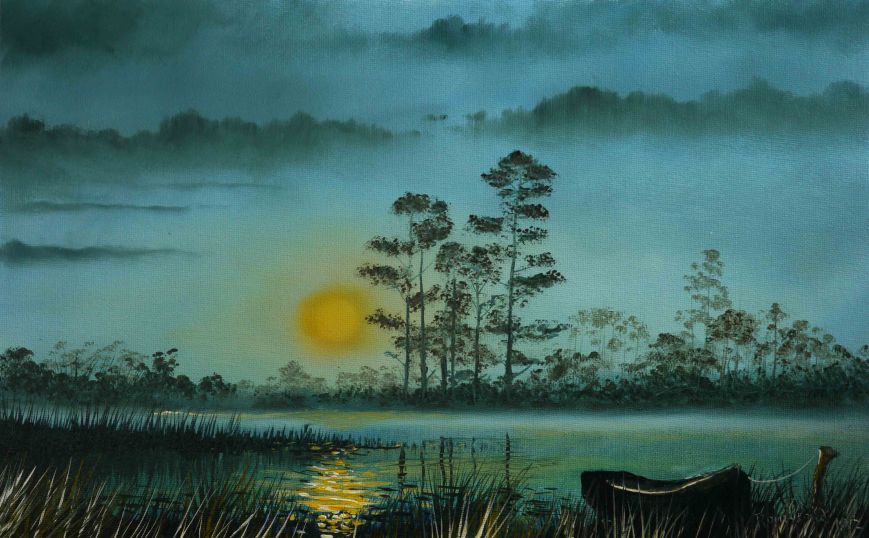The colours are: Indian Red & Raw Umber (reds), Yellow Ochre and Cerulean Blue. Not the depths of Winter, just the introduction. There are yellows and browns, reds and blues, but the overall is calm and cool. The choice of colours is important. The previous painting (here) was also an attempt at a Winter type painting, but the basic colours did not naturally lean in that direction and had to be manhandled into a Winter landscape. Not so these colours. They just ooze Winter. They also work well together. This means any mixes of any of the colours produce good harmonies. The only tricky one is Indian Red and should be used sparingly.
I did not use any medium and almost no solvent here. This gives a ‘pastel’ look to the painting. I thought I might have a problem with the sky, producing the softness needed in clouds. I think it worked out OK. At the moment I like this dry painting method. Maybe its a reaction to the extremely wet method I used in the Autumn paintings.
The video of the painting process will be ready to post soon as this painting is small (9″x12″) and was painted relatively quickly in about an hour and a half. See you then.









